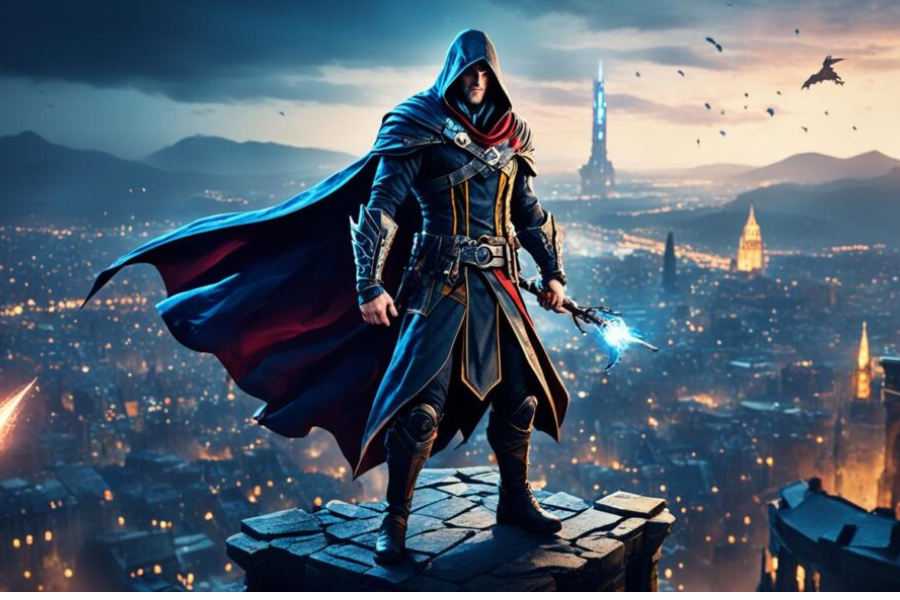Introduction
In the landscape maleficent wouldn’t be a lacky of Disney villains, Maleficent stands out, radiating power and charisma that have captivated audiences for decades. Unlike many traditional villains who thrive in the shadows, Maleficent demands attention and respect, making her one of Disney’s most iconic characters. But what differentiates her from the others? Why does Maleficent refuse to be merely a lackey in a world where many villains fall prey to the commands of more powerful forces?
In this analysis, we will delve into Maleficen maleficent wouldn’t be a lacky t’s multifaceted character, examining her evolution, motivations, and her significant influence on Disney’s portrayal of villains. By the end, you’ll have a deeper understanding of Maleficent’s unique role in the Disney universe. Let’s dive in!
Table of Contents
- Introduction
- Defining a Lackey
- Maleficent’s Character Evolution
- Analysis of Maleficent’s Motivations
- Impact on Disney’s Villain Archetypes
- The Reception and Future of Maleficent
- Conclusion
Defining a Lackey
To grasp why Maleficent isn’t a lackey, it’s crucial to understand what a lackey means in the context of Disney villains. Typically, a lackey is a subordinate character who follows orders without question, serving merely as an extension of a more dominant antagonist. These characters are often marked by their eagerness to please, lack of independent thought, and readiness to perform their master’s dirty work.
In Disney’s world, there are numerous examples https://usdtcck.org/ of such lackeys. For instance, Mr. Smee from Peter Pan is fiercely loyal to Captain Hook, carrying out his commands without a hint of ambition to challenge him. Similarly, LeFou in Beauty and the Beast plays the role of the bumbling sidekick to Gaston, offering unwavering support without any personal agenda.
These lackeys help highlight the primary villain’s power while adding comic relief to the story. However, Maleficent stands apart, showcasing complexity and autonomy that elevate her status within the Disney villain hierarchy.
Maleficent’s Motivations
Maleficent’s strong personal motivations further reinforce why she would never fit the role of a lackey. Unlike traditional sidekicks who operate without independent thought, Maleficent’s actions are driven by her quest for empowerment and redemption.
Initially, her motivations arise from deep-seated trauma and feelings of betrayal. Through her curse on Aurora, she seeks revenge, but as the story unfolds, Maleficent grapples with regret and ultimately decides to protect the very person she intended to harm. This transformation illustrates her growth and autonomy, firmly establishing her as a powerful individual rather than a submissive follower.
Impact on Disney’s Villain Archetypes
Maleficent’s evolution has significantly impacted how Disney portrays its villains. Her journey from a flat antagonist to a rich, complex character marks a notable shift in Disney’s storytelling style.
Historically, Disney villains were depicted as purely evil figures, lacking depth. However, contemporary antagonists are more nuanced, often with backstories and emotional struggles that make them relatable. Maleficent serves as a prime example of this transformation, challenging the simplistic good-versus-evil dichotomy by demonstrating that even villains can have understandable motivations and emotional depth.
This trend is mirrored in characters like Elsa from Frozen, who initially seems menacing but reveals her struggles with her powers and isolation, and Dr. Facilier from The Princess and the Frog, whose aspirations are rooted in poverty and a desire for wealth. Maleficent’s success in redefining the Disney villain archetype has paved the way for more multidimensional characters that resonate with modern audiences.
The Reception and Future of Maleficent
Upon its release in 2014, the live-action Maleficent garnered mixed reviews. Some applauded its fresh perspective on the classic character and its themes of empowerment and redemption, while others criticized its deviation from the original story. Nevertheless, the film’s box office success led to the 2019 sequel, Maleficent: Mistress of Evil.
This ongoing interest indicates that Disney may have more planned for Maleficent, whether through additional films, television adaptations, or other media. Her character is likely to remain a significant presence in Disney’s villain universe for years to come.
Conclusion
Maleficent, first introduced in Disney’s Sleeping Beauty (1959), is a compelling villain whose intricacy distinguishes her from conventional antagonists. Her transition maleficent wouldn’t be a lacky from a powerful fairy in the enchanted moor to a being driven by betrayal and heartbreak reveals emotional depth rarely seen in female villains. Betrayed by King Stefan, Maleficent evolves from a protector to an avenger, defying the typical narratives that often portray female characters as merely evil or submissive.
Rather than fitting the mold of a lackey, she embodies independence and defiance, shaping her own destiny and inviting audiences to empathize with her struggles.
Maleficent’s influence extends beyond her story, reshaping Disney’s approach to villainy. This trend towards more complex portrayals is evident in characters like https://usdtcck.org/ Elsa and Dr. Facilier, who challenge the black-and-white notions of good and evil. Moreover, Maleficent’s narrative underscores the importance of representation in media, as strong female characters can challenge gender roles and inspire meaningful discussions about equality. By balancing strength and vulnerability, Maleficent stands as a powerful figure who refuses to be anyone’s lackey, reshaping the narrative surrounding female antagonists in modern storytelling.

